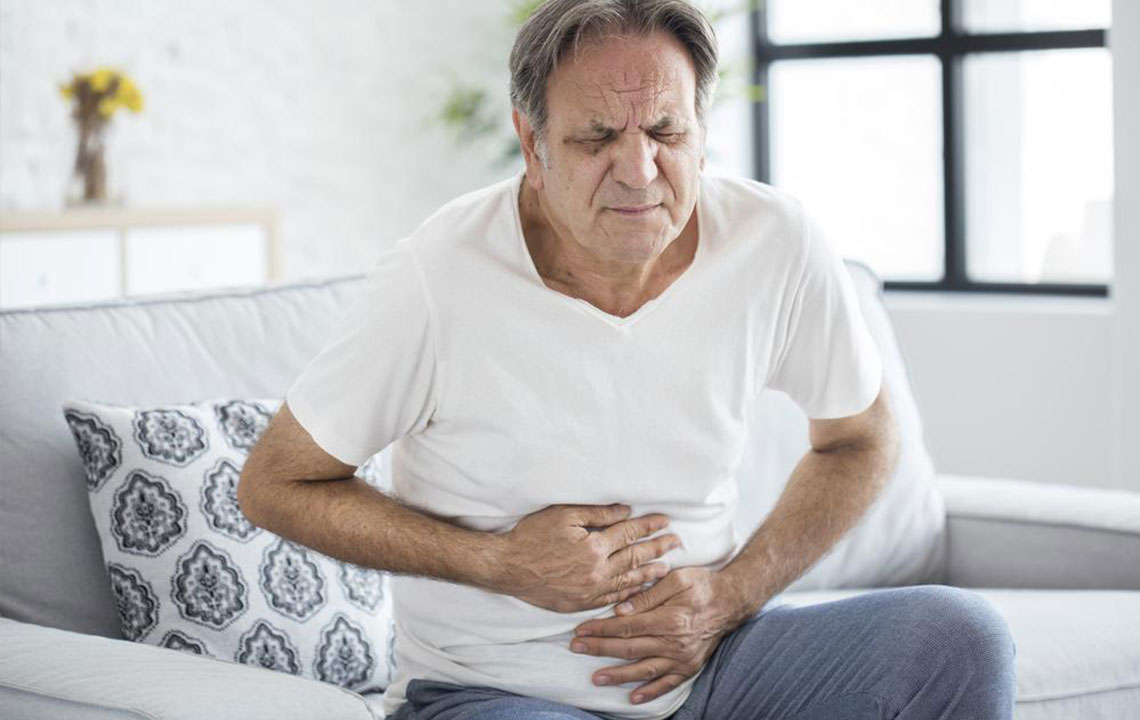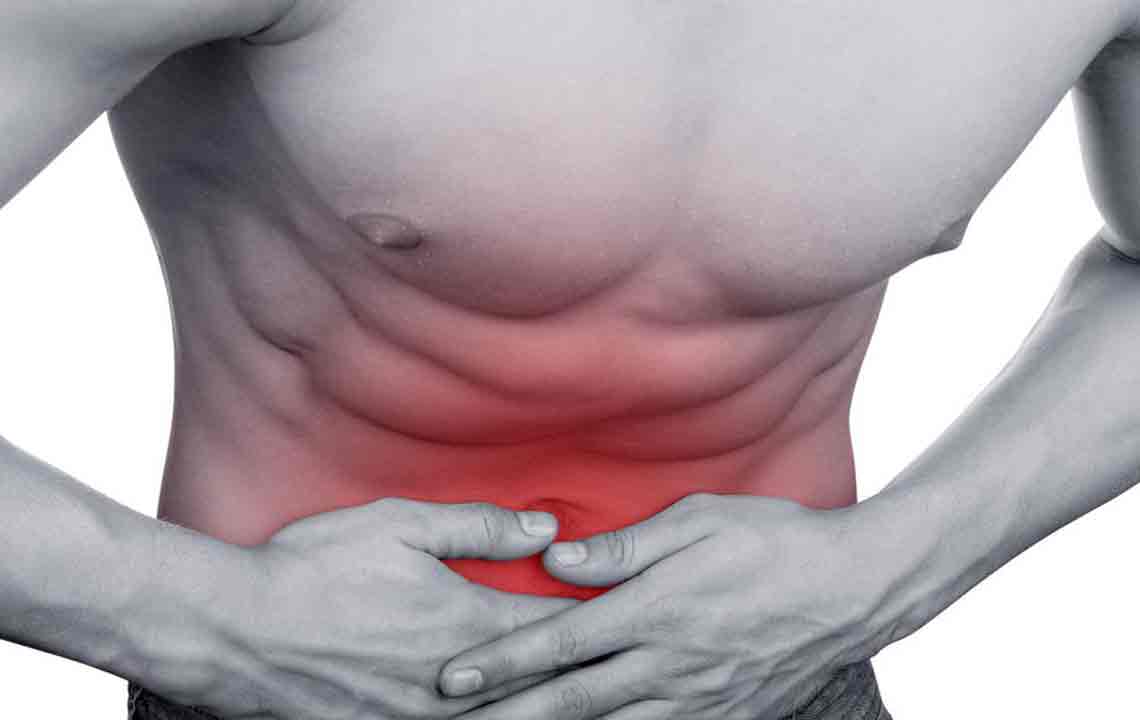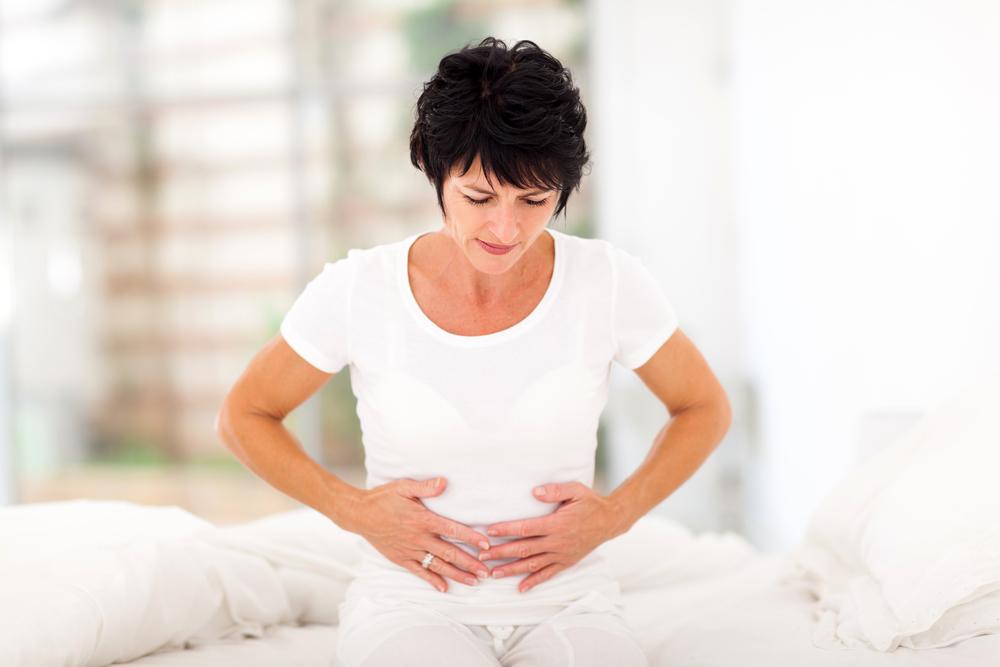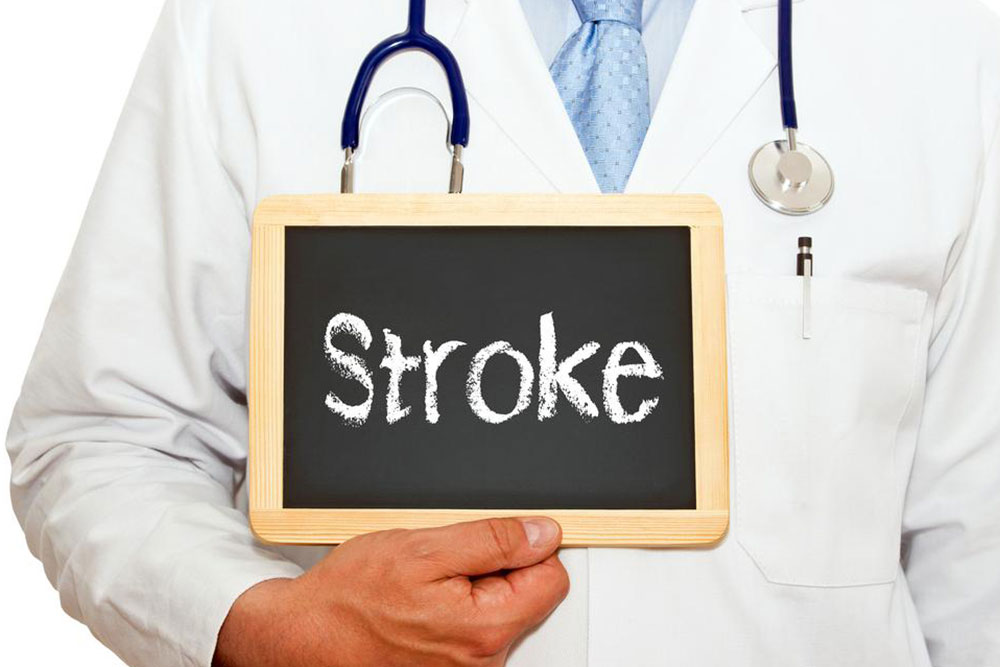Common Causes of Lower Abdominal Discomfort
Lower abdominal pain can stem from various causes, ranging from minor issues like constipation to serious conditions such as appendicitis or ectopic pregnancy. Accurate diagnosis requires medical evaluation. Recognizing symptoms early and consulting a healthcare professional is vital for effective treatment. This article highlights common causes, symptoms, and when to seek urgent care, helping readers understand their discomfort and seek appropriate medical attention promptly.

Common Causes of Lower Abdominal Discomfort
Experiencing pain in the lower abdomen is a frequent issue affecting both men and women. The intensity and duration of discomfort vary among individuals. Multiple factors can contribute to this type of pain, but self-diagnosis is challenging. Consulting a healthcare professional is essential for accurate identification and treatment of the underlying cause.
Below are the most prevalent reasons for lower abdominal pain:
Constipation: A widespread problem where difficulty in bowel movements causes bloating and cramping, often felt on the lower right side of the abdomen.
Appendicitis: Common in individuals aged 11 to 40, characterized by sharp pain in the lower right belly, along with fever, nausea, and loss of appetite.
Hernia: Weakness in the abdominal wall muscles leads to a bulge and pain in the lower right region, often radiating to the groin and upper thigh.
Testicular Torsion: Twisting of the testicle causes severe pain radiating to the lower abdomen, with symptoms like nausea and swelling.
Pain may be sporadic initially but can become constant if left untreated. Discomfort often extends below the navel as well.
Kidney Stones: These produce intense, radiating pain primarily in the back, caused by mineral build-up due to dehydration, diet, or high animal protein intake.
Food Poisoning: Ingesting contaminated food with bacteria or parasites results in significant stomach pain, coupled with nausea, vomiting, and diarrhea, which may last up to 48 hours.
Irritable Bowel Syndrome (IBS): Causes irregular muscle cramps in the intestines, leading to pain, urgency to defecate, and changes in stool consistency including diarrhea, constipation, or mucus-filled stools.
Crohn’s Disease: An inflammatory condition causing abdominal pain, diarrhea, weight loss, and swelling on the lower right side of the abdomen, ranging from mild to severe.
Diverticulitis: Inflammation of pouches (diverticula) in the colon that trap fecal matter, resulting in pain and possible infection.
Diabetic Ketoacidosis: A complication of type 1 diabetes presenting with extreme thirst, shortness of breath, nausea, and severe abdominal pain.
Cystitis: Bacterial infection of the bladder causes burning during urination, lower abdominal discomfort, and frequent urination with possible blood in urine.
Ectopic Pregnancy: When a fertilized egg implants outside the uterus, typically in the fallopian tube, it causes severe pain and risk of rupture.
Placental Abruption: Detachment of the placenta during pregnancy, leading to intense and persistent lower abdominal pain, and risking both mother and baby's health.
Miscarriage: Loss of pregnancy before 20 weeks, accompanied by cramping, vaginal bleeding, and tissue passage.
Salpingitis: Inflammation of the fallopian tubes resulting in severe pelvic pain in women.
Cancer: Tumor growth in the lower abdomen can produce mild to severe discomfort.
Cholecystitis: Gallbladder inflammation causes pain beneath the right rib cage that may radiate to the lower abdomen.
Intestinal Obstruction: Blockage in the intestines causes severe cramping and pain as digestion is impeded.
While some causes are benign and resolve quickly, others require urgent medical attention. Persistent or worsening pain warrants immediate consultation with a healthcare provider for proper diagnosis and treatment.









